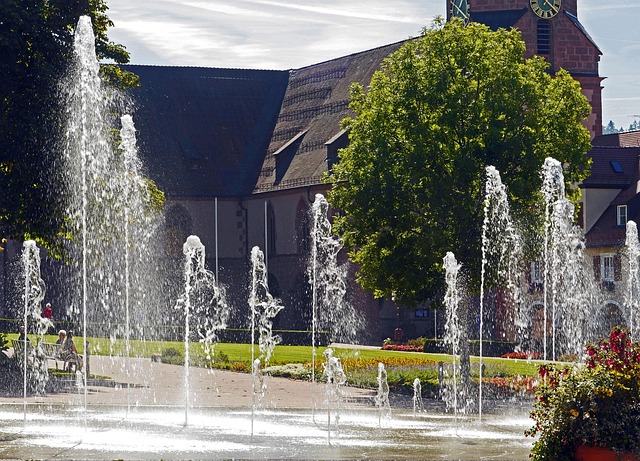Silencing the City: A Guide to Reducing Noise Pollution in Urban Habitats
In the heart of bustling cities, the constant hum of life can be both exhilarating and overwhelming. The urban symphony composed of honking cars, construction sounds, and chatter can easily morph into an unwelcome cacophony. For many, this incessant noise noise pollution serves as a stark reminder of the struggles of living in vibrant urban environments. The good news is that noise pollution reduction is not just a lofty dream—it’s a tangible goal within our reach.
Understanding Noise Pollution
Before diving into effective strategies, it’s essential to comprehend what noise pollution entails. Defined as any sound that disrupts the natural environment and negatively affects human health and well-being, noise pollution can have far-reaching consequences. It can lead to increased stress levels, sleep disturbances, and even cardiovascular issues. By recognizing the seriousness of this modern dilemma, we can better appreciate the need for noise pollution reduction in our daily lives.
Creating Quiet Zones
One simple yet effective method for enhancing peace in the city is the establishment of quiet zones. These areas prioritize reduced noise levels and are often marked off from typical urban activity. Local governments and community members can work together to designate parks, gardens, or even certain streets as places where noise is minimized. Whether it’s through installing sound barriers or enforcing noise regulations, transforming parts of the city into serene havens can promote relaxation and rejuvenation.
Soundproofing Your Space
On an individual level, soundproofing your living environment can play a significant role in your personal battle against noise pollution. This may include:
- Investing in heavy drapes and curtains that act as sonic dampers.
- Utilizing acoustic panels or soundproofing foam on walls to absorb sound.
- Sealing windows and doors to prevent outside noise from creeping in.
- Arranging furniture strategically to create barriers against sound.
Every adjustment can lead to a quieter oasis amid the urban din, fostering a greater sense of comfort at home.
Community Initiatives
On a broader scale, community initiatives aimed at raising awareness about noise pollution can spark impactful changes in behavior and city planning. Organizing workshops, clean-up days, or ‘silent’ events can encourage residents to think critically about their noise footprint. By collaborating with local organizations to promote noise pollution reduction campaigns, cities can evolve collectively towards a more tranquil habitat.
Encouraging Mindful Transportation
Transportation contributes significantly to urban noise, but adopting more mindful commuting habits can help mitigate this issue. Encouraging the use of public transport, biking, or walking not only reduces the volume of vehicles on the road, but also fosters healthier lifestyles. Cities can further support this shift by enhancing infrastructure for cyclists and pedestrians or expanding public transit options, ultimately leading to a quieter and more pleasant urban experience.
Green Spaces as Natural Sound Barriers
Incorporating more green spaces throughout urban areas can serve as a natural remedy to noise pollution. Trees and plants not only provide environmental benefits but also act as sound barriers, absorbing unwanted noise. City planners can prioritize the development of parks and green belts, allowing residents to escape the noisy streets while simultaneously improving air quality and enhancing biodiversity.
The journey towards noise pollution reduction demands a collective effort and commitment from individuals, communities, and local governments. By implementing thoughtful changes and embracing a quieter lifestyle, we can transform our urban habitats into sanctuaries of peace amidst the chaos. The power to silence the city lies within each of us—let’s take action today!




